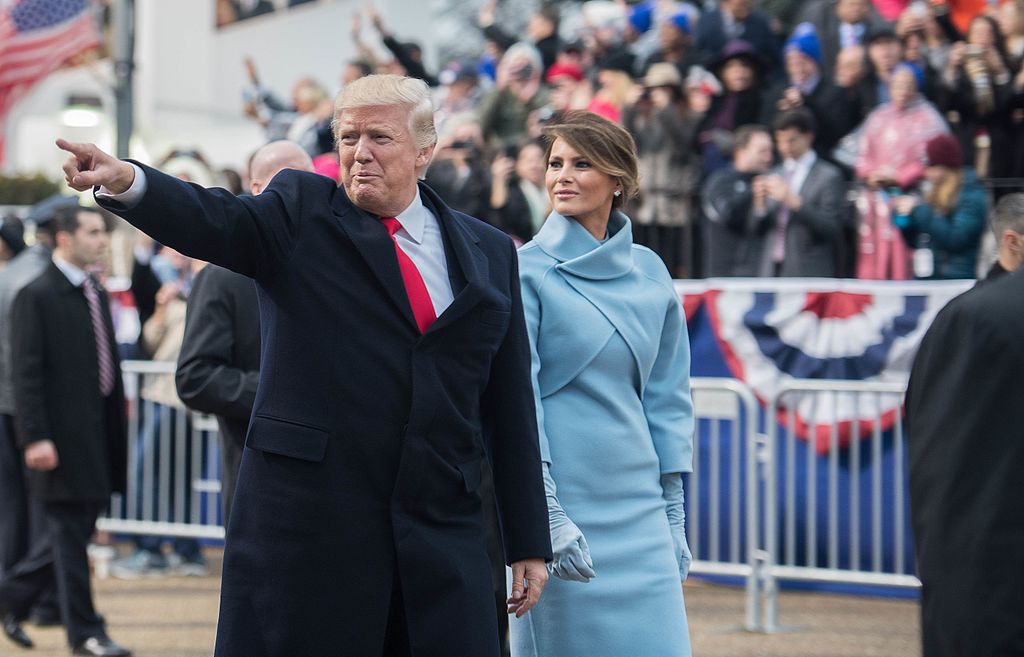As President Donald Trump begins his second term in 2025, his administration has unveiled a set of initiatives aimed at uplifting minority communities. Dubbed the “Opportunity Now 2.0” program, the plan focuses on economic revitalization, education reforms, and criminal justice measures. Supporters argue these proposals reflect Trump’s commitment to fostering equality, while critics question their long-term viability and sincerity.
One of the centerpiece policies includes expanding Opportunity Zones, which were initially introduced during Trump’s first term. These zones offer tax incentives to businesses investing in underserved areas. Proponents claim the policy will spur economic growth and create jobs in predominantly minority neighborhoods. However, detractors point out that previous efforts often benefited wealthy investors more than the communities they were meant to serve.
Education and Criminal Justice Under Scrutiny
Education reform plays a prominent role in Trump’s 2025 agenda, with a renewed push for school choice programs. The administration is advocating for expanded access to charter schools and voucher systems, particularly in urban areas. Trump has argued these measures will empower parents and improve educational outcomes for minority students. Yet, educators and civil rights groups remain skeptical, warning that diverting public funds could weaken the public school system.
The president is also proposing new measures aimed at criminal justice reform. These include revisiting sentencing guidelines and enhancing rehabilitation programs for nonviolent offenders. While these ideas have garnered bipartisan support, some advocates argue the initiatives fall short of addressing systemic inequities in the justice system.
Despite these efforts, the announcement has drawn mixed reactions on social media:
- @UrbanAdvocate2025: “Finally, someone taking action to revitalize our communities. Opportunity Zones 2.0 is the progress we need! #EconomicGrowth”
- @EqualityFirst: “Trump’s policies are band-aids for deeper issues. Real change requires more than flashy tax incentives.”
- @EducationMatters: “School choice sounds nice, but it’s a cover for defunding public education. Our kids deserve better.”
- @JusticeReformNow: “Criminal justice reform is welcome, but this feels like too little, too late. Systemic issues persist.”
- @PolicyObserver: “Interesting ideas, but Opportunity Zones failed before. What’s different this time? Accountability matters.”
- @ProgressiveVoice: “Trump’s promises to minority communities are more PR than policy. Let’s not forget his track record.”
Mixed Reactions and Future Challenges
While Trump’s administration touts these initiatives as steps toward equity, critics argue that the plans lack specificity and could disproportionately benefit corporations and affluent individuals. Additionally, opponents highlight concerns about whether these proposals will address structural disparities or simply provide temporary relief.
The president’s allies have emphasized the importance of collaboration, urging state and local governments to work alongside federal agencies to ensure the success of these programs. Still, many observers remain cautious, noting that past efforts to engage minority communities have often fallen short of their lofty goals.
As Trump’s policies take shape, the success or failure of these initiatives will likely influence public perception of his administration’s commitment to addressing inequality. Whether these measures prove transformative or merely symbolic remains to be seen.



 Trump’s Name Appears on U.S. Institute of Peace Ahead of Rwanda–Congo Deal Signing
Trump’s Name Appears on U.S. Institute of Peace Ahead of Rwanda–Congo Deal Signing  Michael Dell Pledges $6.25 Billion to Boost Children’s Investment Accounts Under Trump Initiative
Michael Dell Pledges $6.25 Billion to Boost Children’s Investment Accounts Under Trump Initiative  Taiwan Signals Openness to Renew Ties with Honduras as Election Unfolds
Taiwan Signals Openness to Renew Ties with Honduras as Election Unfolds  U.S.-Russia Talks Leave Ukraine Peace Efforts Uncertain
U.S.-Russia Talks Leave Ukraine Peace Efforts Uncertain  Drones Spotted Near Zelenskiy’s Flight Path in Ireland Trigger Security Alert
Drones Spotted Near Zelenskiy’s Flight Path in Ireland Trigger Security Alert  UN General Assembly Demands Russia Return Ukrainian Children Amid Ongoing Conflict
UN General Assembly Demands Russia Return Ukrainian Children Amid Ongoing Conflict  U.S.–Russia Peace Talks Stall as Kremlin Rejects Key Proposals
U.S.–Russia Peace Talks Stall as Kremlin Rejects Key Proposals  Trump Claims He Will Void Biden Documents Signed with Autopen
Trump Claims He Will Void Biden Documents Signed with Autopen  U.S. Expected to Expand Travel Ban to More Than 30 Countries
U.S. Expected to Expand Travel Ban to More Than 30 Countries  Cuba Reaffirms Anti-Drug Cooperation as Tensions Rise in the Caribbean
Cuba Reaffirms Anti-Drug Cooperation as Tensions Rise in the Caribbean  Australia Progresses AUKUS Review as U.S. Affirms Strong Support
Australia Progresses AUKUS Review as U.S. Affirms Strong Support  IMF Deputy Dan Katz Visits China as Key Economic Review Nears
IMF Deputy Dan Katz Visits China as Key Economic Review Nears  China Urged to Prioritize Economy Over Territorial Ambitions, Says Taiwan’s President Lai
China Urged to Prioritize Economy Over Territorial Ambitions, Says Taiwan’s President Lai  New Orleans Immigration Crackdown Sparks Fear as Federal Arrests Intensify
New Orleans Immigration Crackdown Sparks Fear as Federal Arrests Intensify  U.S. Repatriation Flight Carrying 266 Venezuelan Migrants Lands in Caracas
U.S. Repatriation Flight Carrying 266 Venezuelan Migrants Lands in Caracas  Trump Administration Halts Immigration, Green Card, and Citizenship Processing for 19 Countries
Trump Administration Halts Immigration, Green Card, and Citizenship Processing for 19 Countries  Honduras Election Turmoil Deepens as Nasralla Alleges Fraud in Tight Presidential Race
Honduras Election Turmoil Deepens as Nasralla Alleges Fraud in Tight Presidential Race 




























